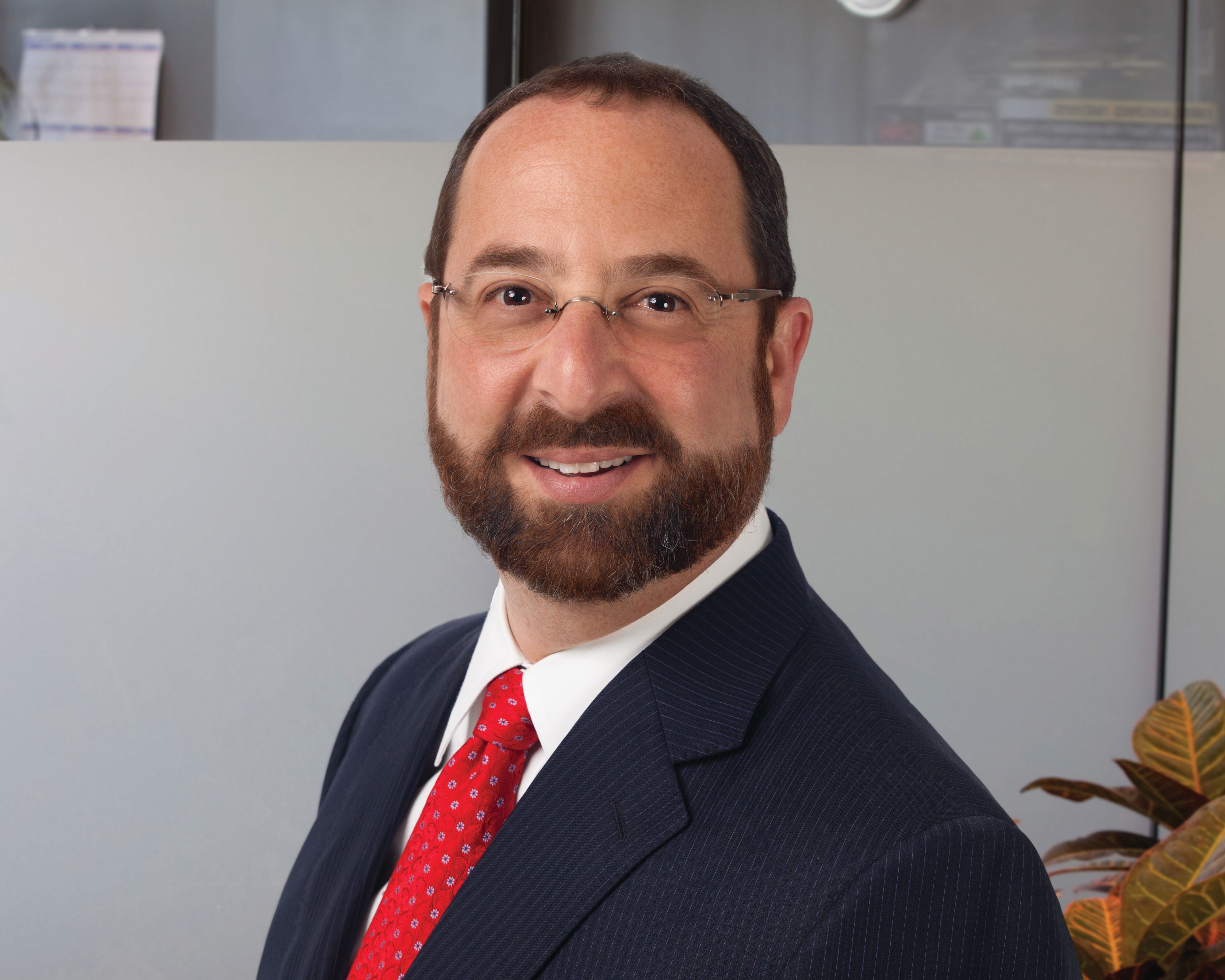Article
529 plans are best way to pay for children's college education
Paying for children’s education is one of the two major financial hurdles most physicians face. With college getting ever more expensive, it’s important to start accumulating a college nest egg as early as possible.
Q: I always thought that, as a family doctor, I’d have no trouble paying for my children’s college education. But with the price of a year of college nearing $60,000, I’m starting to wonder how I’ll pay for my three kids, all of whom are under age 6. What can my wife and I do?
Paying for children’s education is one of the two major financial hurdles most physicians face. (Funding retirement is the other.) You are correct that college is getting ever more expensive, so it’s important to start accumulating a college nest egg as early as possible.
The approach we most often advise is to save for a child’s college education through a 529 plan (named for the section of the Internal Revenue Code that governs them). A 529 plan basically is a Roth IRA for college education, in that it is funded with after-tax money, but money withdrawn to pay for college or for qualified post-secondary education expenses is tax-free.
For example, if you deposited $20,000 into a 529 plan when your child was born, and it grows to $100,000 when the child enters college at age 18, as long as the money is used for qualified education expenses, you would not have to pay federal tax due on the money when you withdraw it.
Almost all states offer a 529 plan, usually in partnership with an investment firm. You may use any state’s plan-so, for instance, you could be a resident of Minnesota, use Virginia’s 529 plan, and your child can attend college in Massachusetts. You are allowed to contribute $14,000 per year per child, so a couple could contribute up to $28,000 annually to each child’s 529.
In addition, 529 plans have a special provision that permits the use of up to 5 years of the gift-tax exclusion, so that a parent or grandparent can make a lump-sum contribution of $70,000 per child, although no further funding is permitted for the remainder of the 5-year period. Another provision allows funds not used by a child to be rolled over into another 529 plan or even back to you to use to pay for continuing medical education.
The main drawback of 529 plans is that their use is restricted to funding qualified education expenses at a post-secondary school. In addition, if the 529 account is not used in that manner, then any earnings are subject to ordinary income tax plus a 10% penalty on the earnings. Also, you can only change your investments within a 529 plan or change the state in which you are using the 529 plan once a year.
It’s worth remembering that although costs at many elite colleges are indeed approaching $60,000 per year, in 2012 the average private college costs for tuition, room, board, and fees totaled $29,000. And at public universities, the average was $8,700, according to the National Center for Education Statistics.
College funding used to be somewhat of an afterthought in physicians’ financial planning because many of them had income that permitted them to comfortably fund college education for their children. With the rising cost of college, however, planning deserves more attention, and the earlier you start saving, the more comfortable it will be.

The answer to our reader’s question was provided by Joel Greenwald, MD, CFP, founder of Greenwald Wealth Management in St. Louis Park, Minnesota. Send your finance-related questions to medec@advanstar.com.





